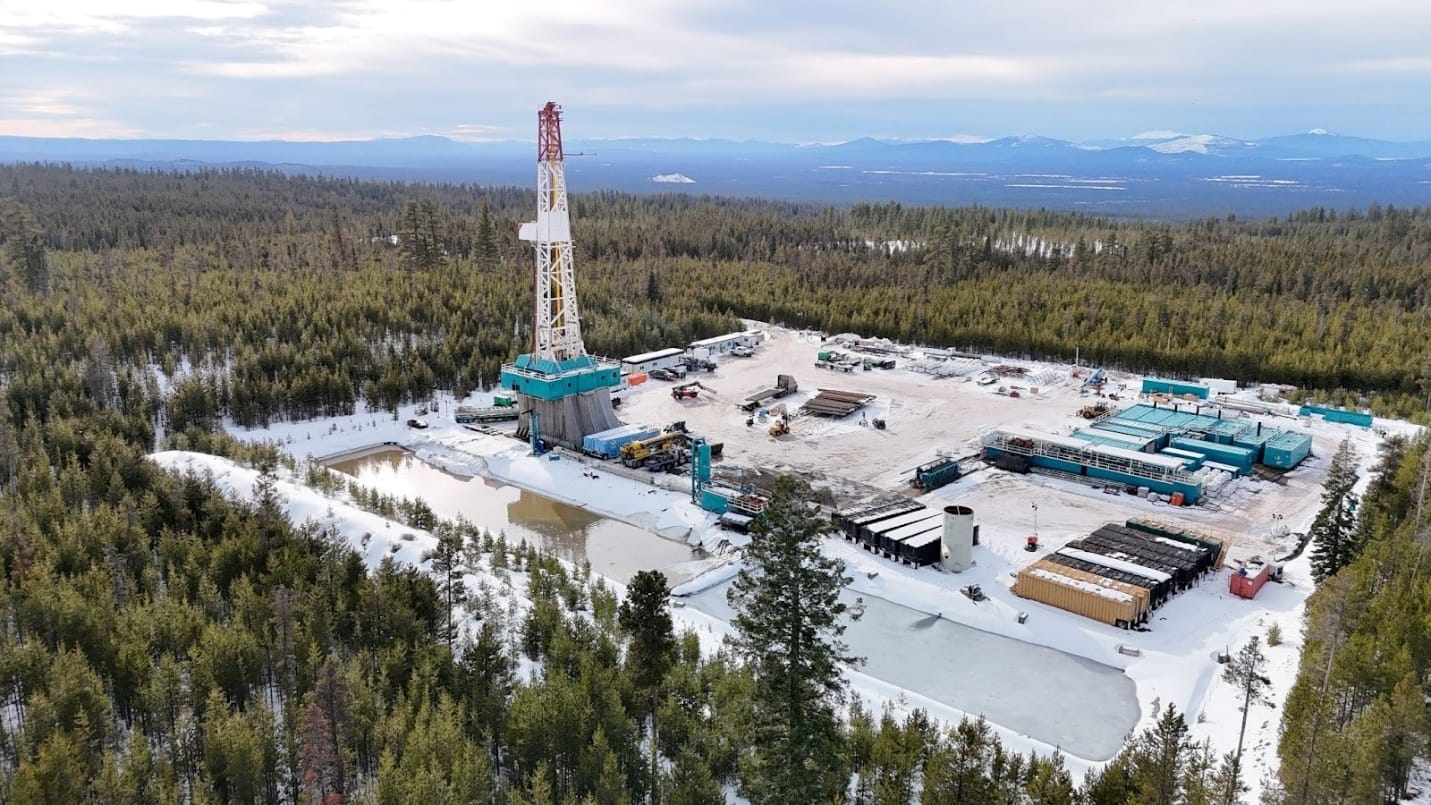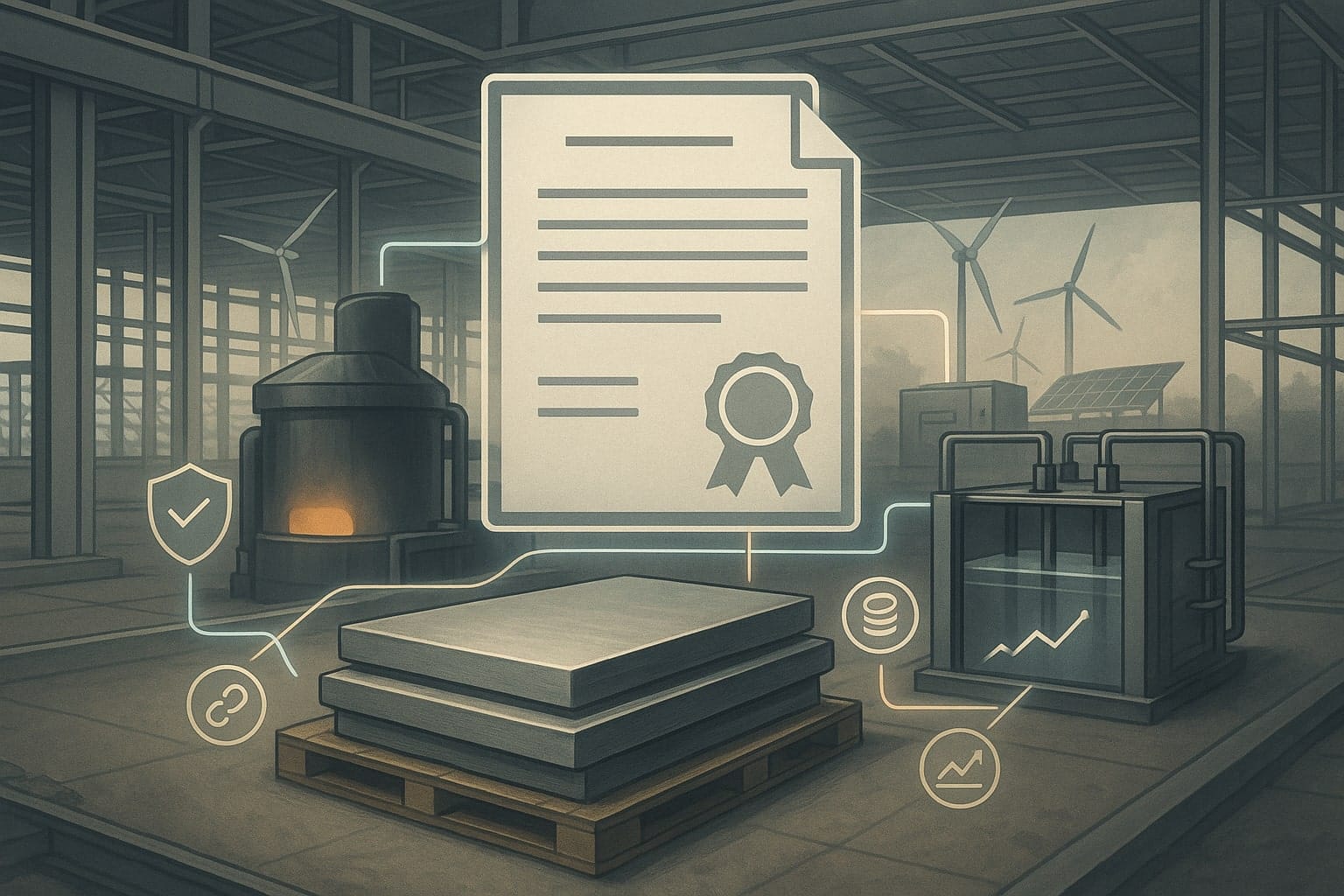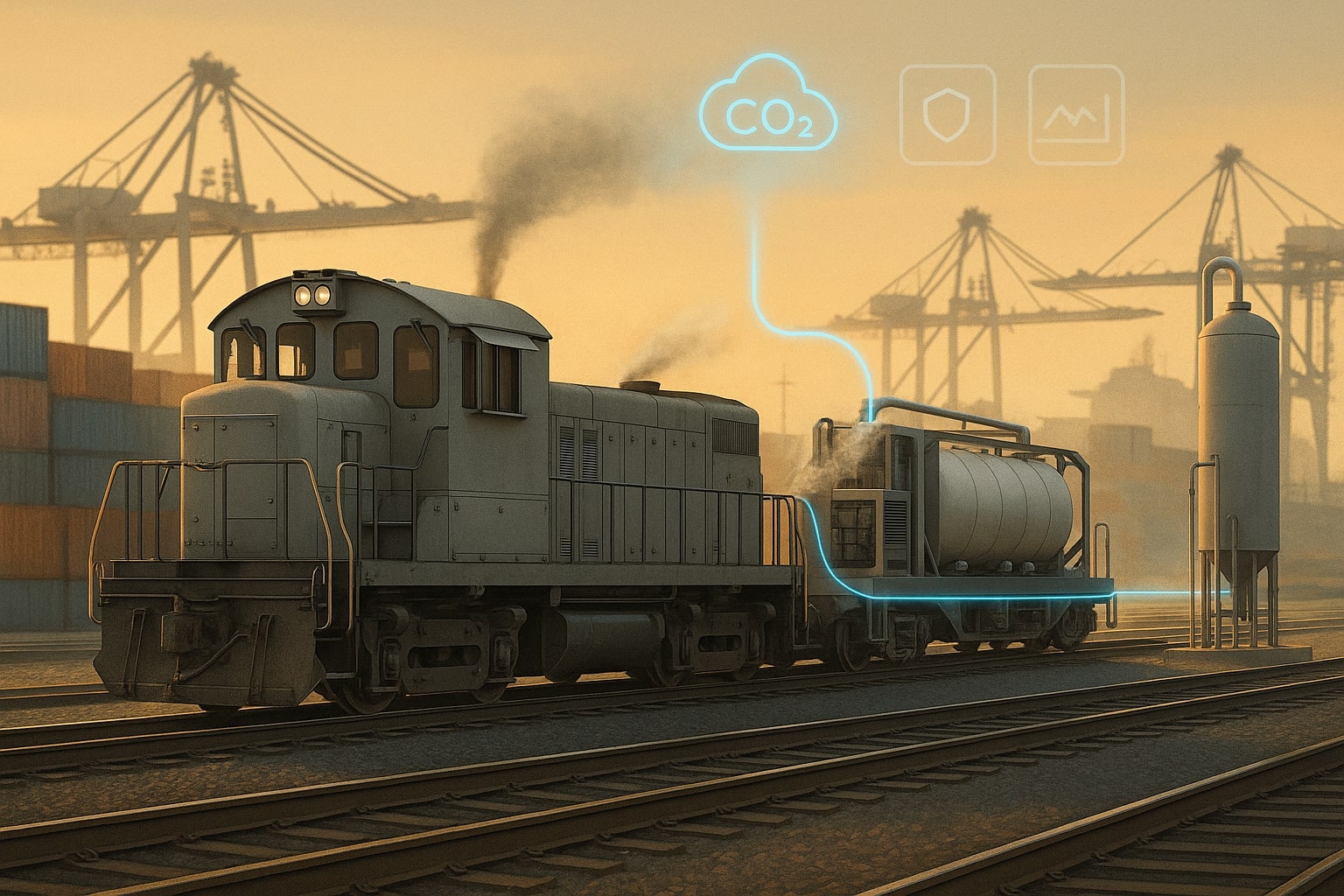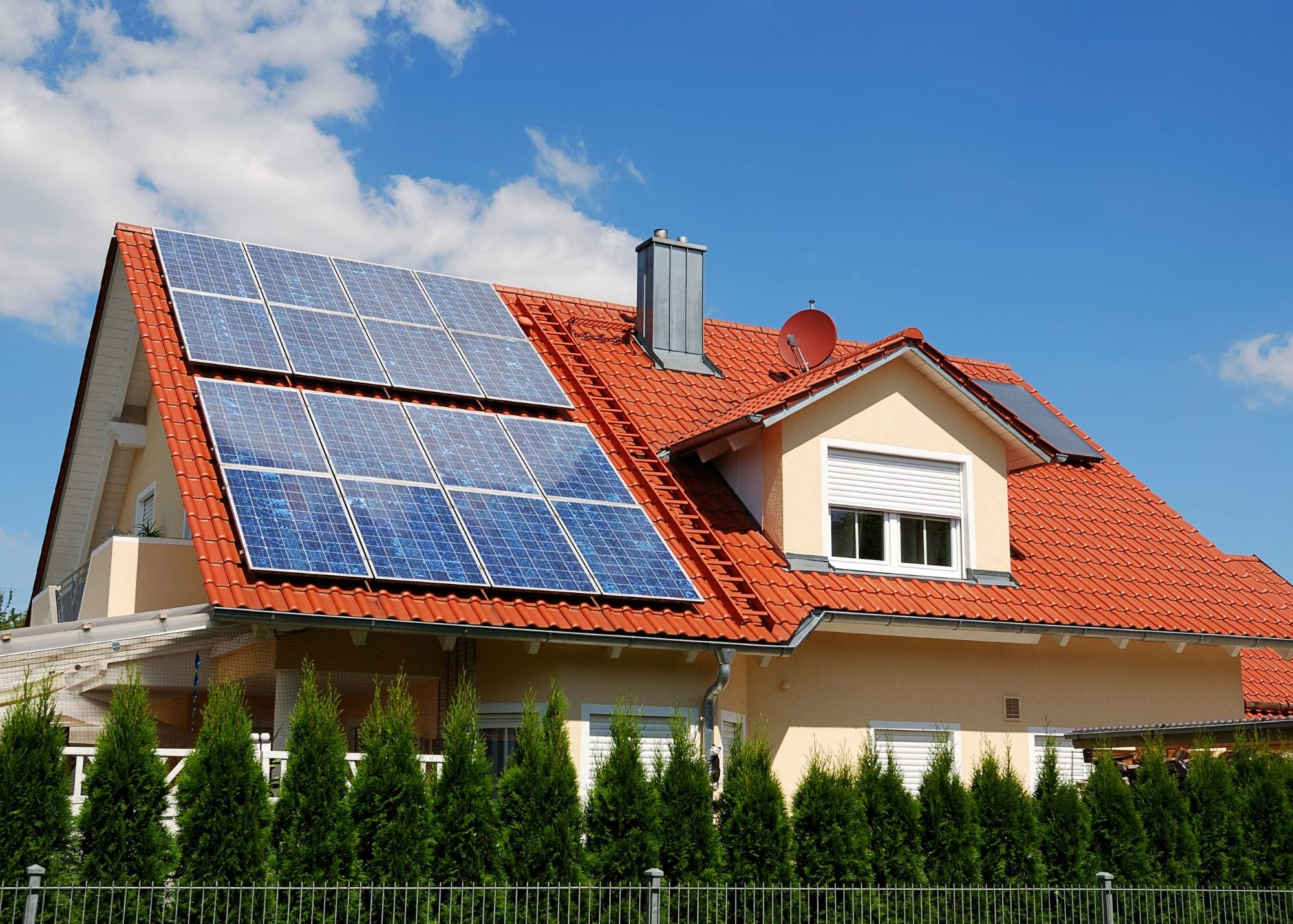In recent years, Colorado has actively pursued strategies to manage construction and demolition (C&D) waste, a significant contributor to landfills. A groundbreaking study in Summit County revealed that about one-third of the C&D waste generated could potentially be diverted, highlighting both opportunities and challenges in recycling and reuse efforts. As Colorado moves toward sustainable waste management, this initiative aligns with broader state and local efforts to improve landfill diversion and foster a circular economy.
Table of Contents
ToggleBackground of C&D Waste in Colorado
C&D waste consists of materials like concrete, wood, metals, and drywall generated from construction, renovation, and demolition activities. In Colorado, such waste accounts for a considerable volume of landfill deposits, prompting a need for effective waste management. Historically, recycling and diversion efforts have faced challenges due to limited infrastructure and inconsistent regulations across different municipalities. However, recent pilot programs and studies, including those in Summit County, have laid the groundwork for identifying practical diversion solutions. These initiatives aim to align with Colorado’s overall waste reduction targets and enhance resource recovery efforts.
Summit County Pilot Study
The Summit County pilot study audited about 250,000 pounds of C&D waste over six months to assess diversion potential. Findings revealed that nearly 33% of this waste could be recycled or repurposed, mainly through wood segregation and recycling of materials like scrap metal, concrete, and untreated lumber. However, the study also highlighted the lack of processing facilities for certain materials, such as treated wood, which often ends up in landfills due to inadequate recycling infrastructure. The pilot underscores the need for targeted investment, better sorting technologies, and more accessible recycling centers to improve diversion rates statewide.
Summit County’s efforts are part of broader statewide initiatives to increase C&D waste diversion. The state recently launched its 10th grant cycle, offering $500,000 to support waste diversion projects in Colorado’s Front Range, aiming to address both short-term and long-term waste management goals through innovative projects and policy interventions.
Boulder’s Circular Economy Approach
Boulder’s move towards a circular economy focuses on rethinking material production, use, and disposal to reduce waste and foster sustainability. As part of its Climate Mobilization Action Plan (CMAP), Boulder collaborated with sustainability experts to understand material flows and identify ways to reduce waste. The study found that construction and demolition (C&D) waste contributes significantly to landfill usage, equating to the amount of waste generated by 52 single-family homes each year. The report emphasizes that 50% of this C&D waste ends up in landfills, primarily because Boulder lacks local recycling facilities for these materials.
To tackle this, Boulder has developed a roadmap that includes building an urban mining tool, evolving building codes to encourage circular practices, and training local businesses on sustainable construction and deconstruction techniques. The city’s ultimate goal is to achieve 85% waste diversion by 2025, reducing its greenhouse gas emissions and overall landfill contribution. This circularity approach builds on community partnerships and emphasizes education, policy change, and infrastructure development to close the waste loop.

Statewide Initiatives and Grant Programs
Colorado’s efforts to boost C&D waste management extend beyond Boulder. The state recently announced its 10th grant cycle, allocating $500,000 to projects aimed at enhancing waste diversion in the Front Range region. These grants aim to fund initiatives focused on recycling infrastructure, policy improvements, and market development for recycled C&D materials. The funding is intended to support both existing and new projects that address challenges in processing treated wood, asphalt, and other C&D materials that often lack end markets.
Efforts are not limited to grants; Colorado’s Circular Economy Development Center also plays a crucial role. It collaborates with businesses to develop sustainable markets for recycled materials, facilitates grant funding, and offers consulting services to enhance the state’s recycling infrastructure. This comprehensive approach aims to create a more sustainable and regenerative system for C&D waste across Colorado.
Broader Implications
The environmental benefits of C&D waste diversion are significant. By reducing landfill use, Colorado can decrease greenhouse gas emissions and conserve natural resources. Economically, it can generate new jobs in recycling and repurposing industries while reducing construction costs by encouraging the reuse of materials. Achieving high diversion rates not only contributes to sustainability but also helps Colorado move closer to its carbon neutrality targets.
However, challenges remain, such as the need for improved infrastructure, policy standardization across municipalities, and stronger market demand for recycled materials. Addressing these barriers will require continued investment, public-private partnerships, and robust policy frameworks to ensure sustained progress.
Future Outlook
Efforts to improve construction and demolition (C&D) waste diversion in Colorado are promising but face several challenges. The state aims to enhance recycling infrastructure, boost policy enforcement, and increase market demand for recycled materials. To reach these goals, Colorado plans to expand its grant programs and initiatives like the Circular Economy Development Center, which supports the development of markets for C&D materials. Additionally, the state’s long-term objectives include increasing community participation and implementing stricter regulations to ensure higher compliance rates among contractors. More effective waste sorting and processing technologies are also seen as crucial to improving diversion rates.
Some regions, like Pitkin County, have begun implementing unique strategies, such as tiered tipping fees and refundable deposits, to encourage contractors to source-separate waste at the site. These measures are expected to improve waste diversion rates while extending the lifespan of local landfills.
Conclusion
Colorado’s efforts to divert C&D waste are critical to achieving its sustainability and climate action goals. The initiatives already in place, such as Boulder’s circular economy strategy and the statewide grant cycles, reflect a growing commitment to responsible waste management. However, success will depend on continued investment, policy adaptation, and community engagement. As Colorado progresses toward higher waste diversion rates and a more circular economy, it can serve as a model for other states tackling similar challenges.












